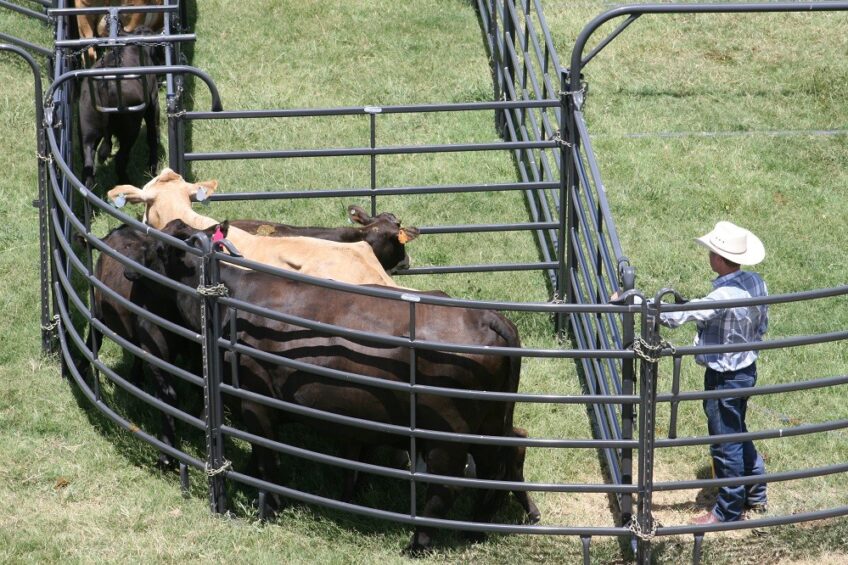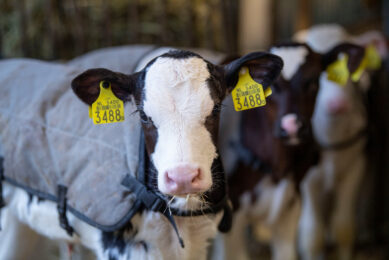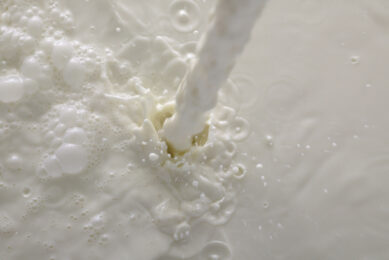Using livestock scales to measure animal performance

Today’s top livestock farmers state that weighing livestock regularly is an integral part of proper animal farming; procedures are simple and the modern equipment is user friendly. The benefits include better livestock management and increased profits.
The data collected after weighing animals can be used in making accurate management decisions. For example, you will know what animal breeds are best for rearing. At the same time, you can modify your feeding patterns and approaches to improve productivity.
Types of animal scales
Cattlesoft Inc’s Terrell Miller states that there are 3 main parts of platform scales. These are platform, load bars and indicator. While these parts come in different models, different manufacturers have different prices for their equipment. He argues that the most cost-friendly indicators are manually read and cost anything between $700 and $800. You simply take the weights from the indicator and record the value in a notebook. Later, you can enter the values into an ordinary computer. Another type of livestock scale is a middle-range one, costing between $1,200 and $1,500. It is ideal for measuring weights in combination with a reader integration that is electronic. As it has an internal memory, you will simply download the data into a computer for proper analysis.
The other type is more complex but gives you comprehensive results. It allows the review and recording of the history of each animal as you weigh it. In fact, you can generate a graph, a chart and a report based on accurate findings. The cost of these scales is in the $2,000-$5,000 range. You can choose to purchase one of the above types of scales depending on your budget and the convenience of each scale. You can settle for sensor-fitted load bars for use with cages, platforms, crates, portable livestock scales and in other settings. Most of these devices are cast out of aluminium, and are therefore durable. They are skid-resistant, enhancing the safety of the animal while being weighed.
Reasons to weigh animals
The following are advantages of proper weighing:
1. Monitor animal health
As unhealthy animals usually have decreased weight gain, you can easily detect a sick animal by monitoring its weight. When you note a slight change in its weight, you can have it treated early and avert a dangerous disease. When it is cured, you eliminate the risk of having the disease spread to other animals. This effectively reduces losses.
2. Know weights before breeding
Animals should be bred at certain optimal weights and conditions. You will make decisions that are more accurate through the regular weighing of the animals. Otherwise, you may not be able to identify the right time to breed an animal just by observing it.
3. Measure feed conversion
When you correctly monitor the weight gain, you will know the feed conversion rates. This helps in determining the right feed portions. This way, you avoid overfeeding the animal when the feed is unnecessary. Actually, you can set and achieve certain growth rates at certain dates.
4. Decide proper weaning time
Calves should be included in proper animal weighing. You can predict the future growth of the calf by looking at the graph of its past performance. This information helps determine the right time to wean calves of the same breed.
5. Evaluate breeding performance
By weighing all animals regularly, you can easily tell those breeds that gain weight faster. Your future genetic selection relies on this data. For example, you can produce a cross breed of 2 animals that you know grow fast.
6. Maximise benefits
Since each livestock scale is automatic, less labour is needed in the handling of the animals. In addition, traditional scales may not reflect the actual animal weights. Take advantage of the modern scales, as they are error-free.
How to measure animal performance?
According to Dr Rick Machen, a livestock expert at Texas AgriLife in Uvalde, figures of birth weight, weaning weight and yearling age are very important for all livestock farmers. You should rely on accurate figures especially when administering dewormers and antibiotics. You will effectively avoid overdosing an animal or giving an underdose that is ineffective.
Dr Machen maintains that regardless of the animal’s size, all farmers must be able to measure performance. These readings are critical in adjusting animal management for the better. For example, you can pull an underperforming animal from the herd. At the same time, you can calculate the ability of a cow to raise healthy offspring from the difference in its weaning and birth weights.
Many animal health experts concur that weaning weight is an important measurement. You can recognise improved genetics among your animals from a well-calculated finding. For example, if a calf gains more weight than expected before reaching its predetermined age, you know that it is a healthy breed. If the opposite happens, you know you need to check something, such as overhauling its diet.
Electronic Identification Systems
The electronic identification system (EID) is perhaps the most intuitive approach to measuring the performance of animals. It has the ability to identify any worrying trends in the development of individual animals.
With the system, you can recognise signs of sickness or inaccuracies such as poor feed conversion. The system relies on those scales with an internal memory. It tabulates figures based on the history of the animal and its current weight. The biggest advantage is that it can suit all your livestock weighing preferences.
Improve livestock management decisions
The livestock industry in Australia is one of the best in the world. In 2013-2014, the industry was valued in excess of $23 billion. Proper management is the explanation for this success. The industry relies on accurate tools that not only measure the live weight of animals, but also monitor their progress over time.
As these tools give accurate data, farmers make good decisions on the management of their farms. These decisions include the supply of feed to each animal and the most appropriate date of selling it for maximum profitability.
Build a robust and reliable technology
Researchers are developing reliable technology for error-free monitoring of animal progress. Light Detection and Ranging (LiDaR) technology is a 3-dimensional laser technology that uses structural statistics.
With unprecedented accuracy, it can create a 3-D image of the shape and surface features of the animal being monitored. It launches harmless pulses of light at the animal and a mounted sensor tabulates results. If successful, LiDAR and a separate stereo vision technology are expected to transform the measurement of animal performance.
A necessity for livestock business
Any livestock business needs to make maximum profits by reducing wastage. As meat is sold per pound, you can calculate the worth of your business by taking the collective measure of your animals’ weight. All unproductive animals should either be culled or used otherwise for the benefit of the livestock business. In large-scale ranches, farmers should take advantage of portable livestock scales for efficient monitoring. Similarly, use these scales to determine animal weights before entering them in a contest. Evidently, tracking the performance of your animals today is essential.
Join 13,000+ subscribers
Subscribe to our newsletter to stay updated about all the need-to-know content in the dairy sector, two times a week.











